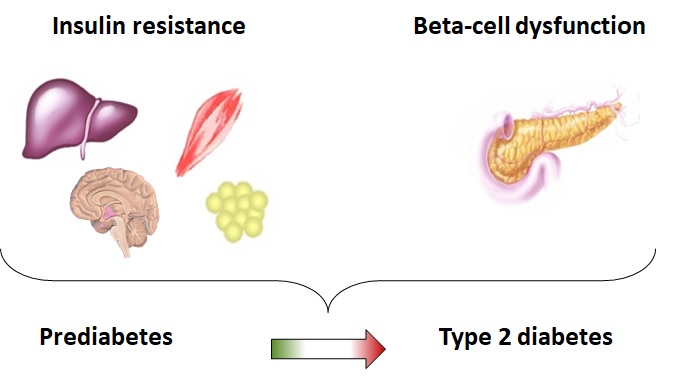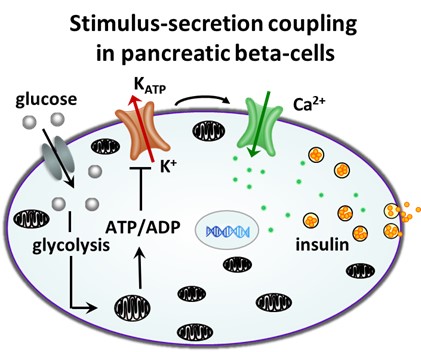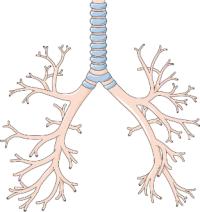Physiology and pathophysiology of the endocrine pancreas
Focus of our research is to investigate the pathophysiology of type 2 diabetes mellitus. In our projects we aim to develop innovative strategies to prevent progression of the disease and we search for new targets potentiating insulin release.

Areas of interest
- Regulation of Ca2+ homeostasis of pancreatic islets by ion channels (e. g. Ca2+-activated K+ channels, TRPM5 channels, NMDA receptors)
- Protection of islet-cells against glucolipotoxicity and cellular stress by modulators of redox balance
- Significance of mitochondrial networks and mitochondrial heterogeneity for cellular physiology
- Interplay of bile acids and the endocrine pancreas, cytosolic functions of the nuclear receptor FXR and the G-protein-coupled receptor TGR5
- Development and use of novel tool compounds for
(a) subtype-specific modulation of ion channels,
(b) tracking of ion channels by fluorescently labelled small molecules.

© Prof'in Dr. Düfer Methods
We use a broad range of electrophysiological techniques (patch-clamp, conventional and CMOS microelectrode array), fluorescence imaging (high resolution real-time imaging, confocal and TIRF microscopy), hormone assays, immunohistology and biochemical assays (ATP production, oxygen consumption rate, qPCR), that are applied to in vitro and in vivo models of type 2 diabetes mellitus.

© Prof'in Dr. Düfer




